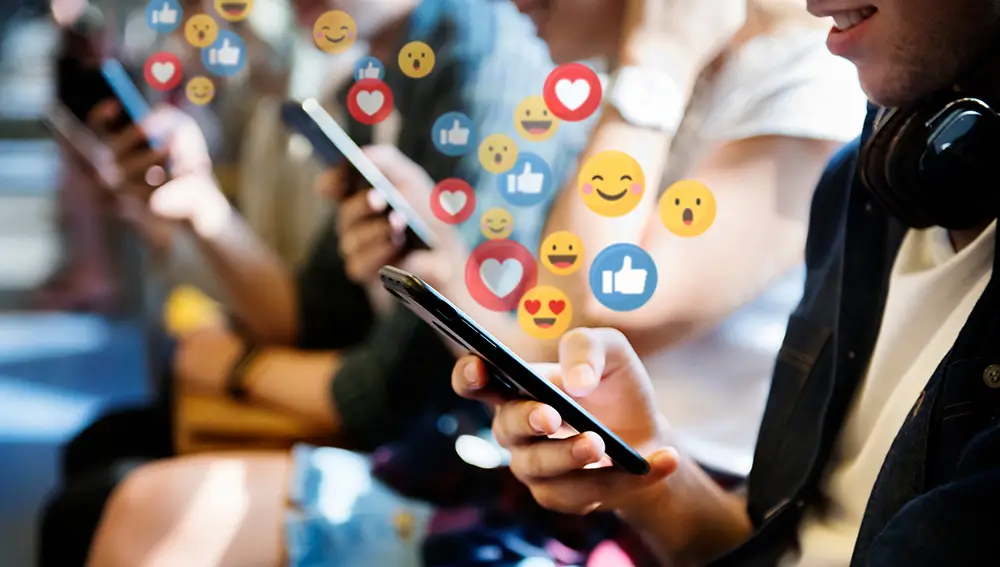Let’s get this straight: our attention spans aren’t shrinking—they’re evolving. Despite the flood of information hitting us from all directions, we can still focus on what truly matters.
The Myth of the Shrinking Attention Span
You’ve probably heard the stat about people’s attention spans being shorter than a goldfish’s—eight seconds vs. nine seconds. While there’s debate about the accuracy of this comparison, the real story is more complex. People think their attention spans are shrinking, but they’re not. They’re evolving.
It’s easy to see why we might think our attention spans are declining. With so much content bombarding us across various channels and devices, it feels impossible to concentrate on anything for long. Yet, we can binge-watch a Netflix series for hours without a hitch. So, what gives?
The key is selectivity. The constant stream of content forces us to be more discerning about what we pay attention to. Recent research from Prezi supports this idea, showing that our ability to focus on important content is actually improving as we become more selective.
Signs of Improvement and Expansion
Prezi teamed up with Kelton Research to study the effectiveness of content and presentations across different demographics, including millennials, Gen X, and baby boomers. Their findings, detailed in the 2018 State of Attention Report, suggest that our focus is getting sharper.
Over half (59%) of business professionals feel they can give their undivided attention to content more effectively now than they could a year ago. Nearly half (49%) say they are more selective about the content they consume. Interestingly, attention spans are not just intact but expanding, especially among younger generations. This is crucial for businesses striving to engage a multigenerational workforce, particularly millennials, who are the largest demographic in the workforce.
The Keys to Engagement: Great Stories and Compelling Visuals
Engaging today’s selective attention span is challenging but doable. Winning content combines a compelling narrative with stimulating visuals. According to the State of Attention report, more than half (55%) of business professionals say a great story captures their focus, and one-third (33%) cite visual stimulation as key to maintaining their attention.
For business presentations, the stakes are high. Nine in 10 respondents said a strong narrative is crucial for engagement, and 79% find animated visuals effective. Yet, many presenters miss the mark. Four in five professionals admitted they lost focus during recent presentations due to lackluster storytelling.
Embracing Conversational and Visual Storytelling
Businesses need to evolve their storytelling strategies. This involves adopting conversational presenting—creating a dialogue with the audience using technology to seamlessly navigate presentations—and visual storytelling, which includes using infographics and other visuals to make data come alive.
A distracted workforce poses a significant risk to a company’s bottom line. When employees are not fully engaged, their productivity and performance suffer, which can hinder innovation and profitability. The State of Attention study shows that 95% of professionals multitask during meetings, leading to mistakes and poor retention of information.
Millennials Leading the Storytelling Evolution
Millennials, often seen as the most distracted generation, can actually drive the evolution in business storytelling. They understand the importance of visual and engaging content, having grown up with the internet and social media. More than one-third of millennials say they only engage with content that has a great story or theme, and they find animated visuals particularly effective.
Businesses should leverage millennials’ insights to create content that resonates with today’s audiences. By embracing effective storytelling, companies can bridge communication gaps across generations and foster a more engaged, productive workforce.
The Bottom Line
So, forget the goldfish comparison. Our attention spans can be captivated for long periods if the content is relevant, engaging, and visually stimulating. As businesses adapt to these evolving attention spans, they’ll not only survive but thrive in the changing landscape of content consumption.
Source: Entrepreneur



